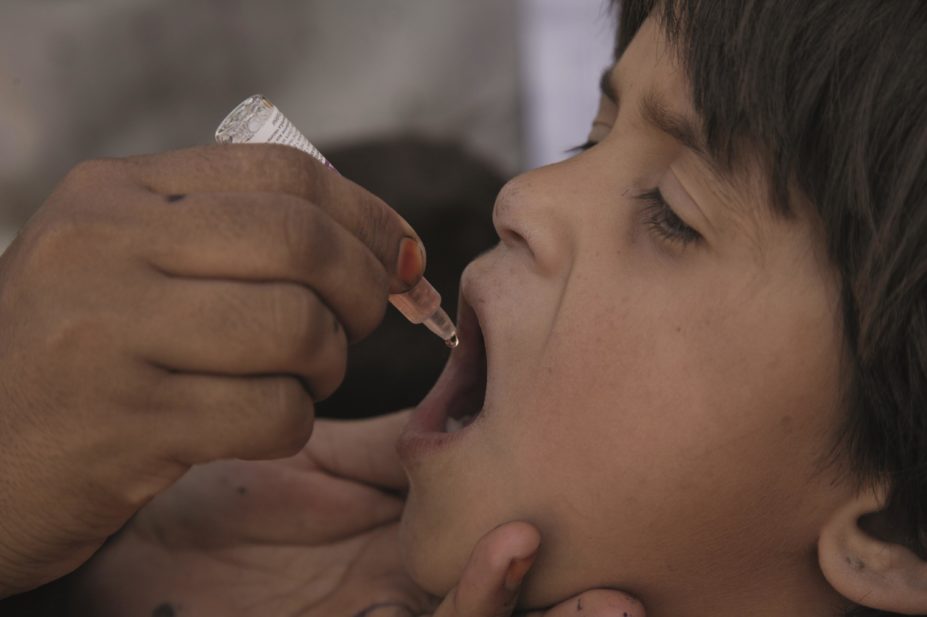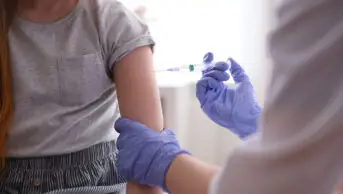
Majority World / Rex Features
The total number of deaths among children under five years of age fell by 49% worldwide between 1990 and 2013, from 12.7 million to 6.3 million, according to a report by Unicef, the World Health Organization and the World Bank.
“There has been dramatic and accelerating progress in reducing mortality among children,” said Mickey Chopra, head of Unicef’s global health programmes.
The report, ‘Levels and trends in Child Mortality 2014’, says major improvements in child survival are partly thanks to the provision of affordable, evidence-based interventions, including vaccines, against the most prevalent infectious diseases.
Immunisation prevents the deaths of 2.5 million children each year, according to the report, and more lives could be saved if immunisation coverage rates improved and more vaccines against the diseases most fatal to children were made available.
The WHO estimates about 1.5 million deaths in young children are caused by vaccine preventable diseases with pneumococcal and rotavirus diseases accounting for nearly a million deaths each year.
“There are several vaccines, that are life-saving, and not every child is getting them all. For example, the vaccine against pneumonia, hasn’t yet reached big proportions of children in Asia and Africa because these are rather modern new vaccines, and rather expensive,” says Henri van den Hombergh, Unicef’s senior immunization advisor.
Hombergh, a Dutch physician, said the coverage rates of these modern vaccines is “still way below” the coverage of traditional vaccines, such as for diphtheria, tetanus, measles, polio and whooping cough.
At the end of 2013, the WHO estimated 25% of children living across 103 countries receive pneumococcal vaccine and 14% of children across 52 countries receive a rotavirus vaccine.
Expediting the roll-out of new vaccines in countries in Asia and Africa would help save a larger proportion of children, he said.
The report also says that nearly half of all child deaths in 2013 (3.1 million deaths) occurred in sub-Saharan Africa, and nearly a third (2 million deaths) were in South Asia (of which 1.3 million in India).
Thanks to the Global Alliance for Vaccines and Immunization (GAVI), he said, there has been a sharp increase in the availability of these modern vaccines in high mortality countries.
Frédérique Tissandier, a GAVI spokesperson, said between 2011–2015 the alliance is expected to outlay US$2.4 billion for pneumococcal vaccine to support the immunization of 80 million children and avert 400,000 deaths Âand $374 million for rotavirus vaccine to immunize 40 million children and avert 60,000 deaths.
You may also be interested in

Pharmacies ‘likely’ to be involved in providing chickenpox vaccination programme

Health news round up: long-term conditions, cancer drugs and a medicines pricing stand-off
